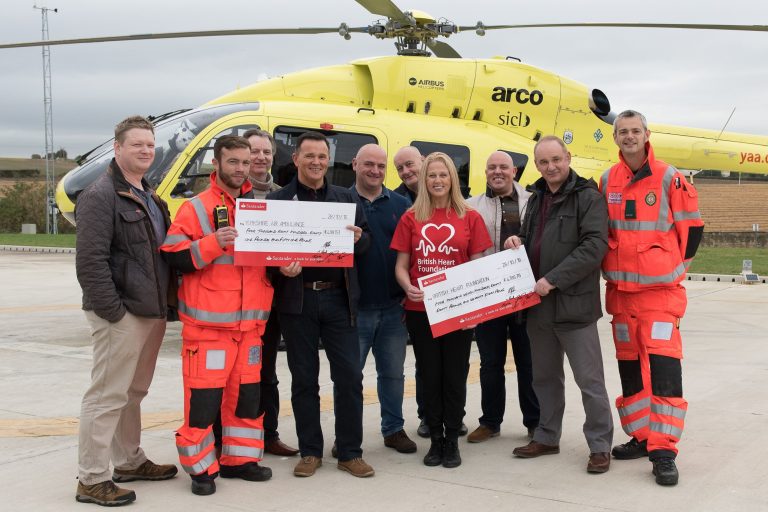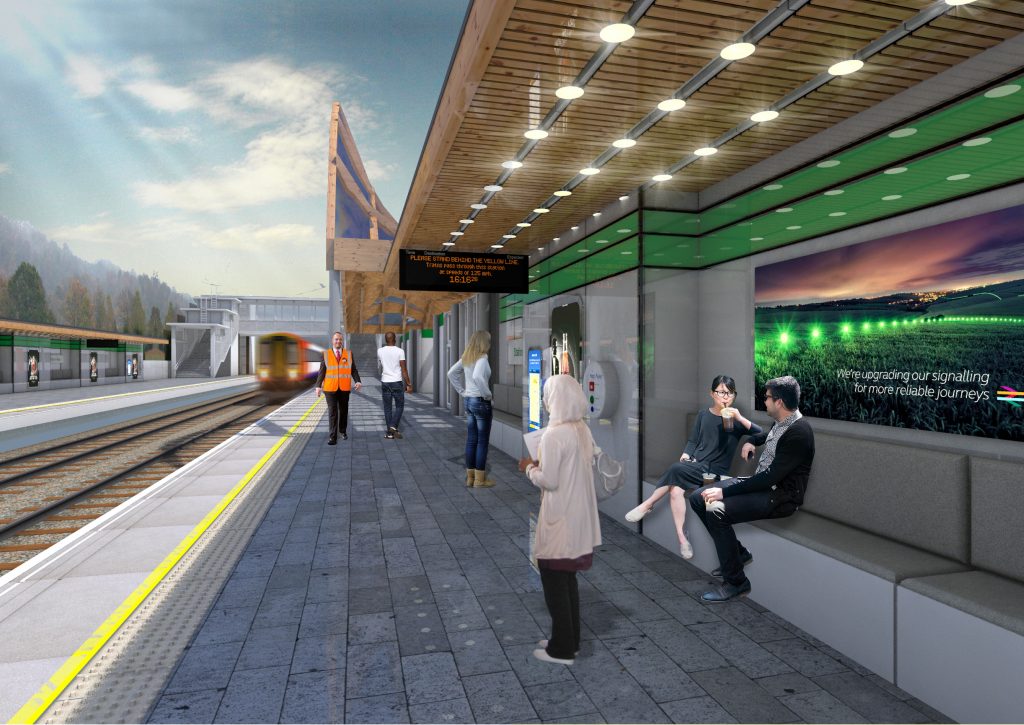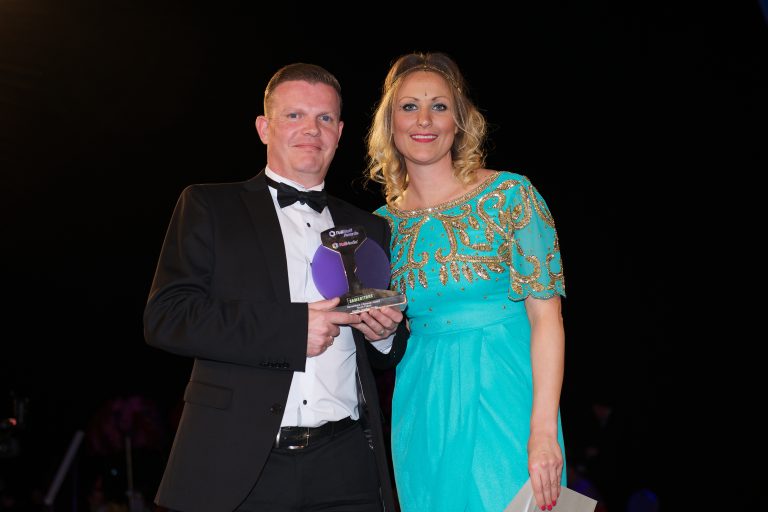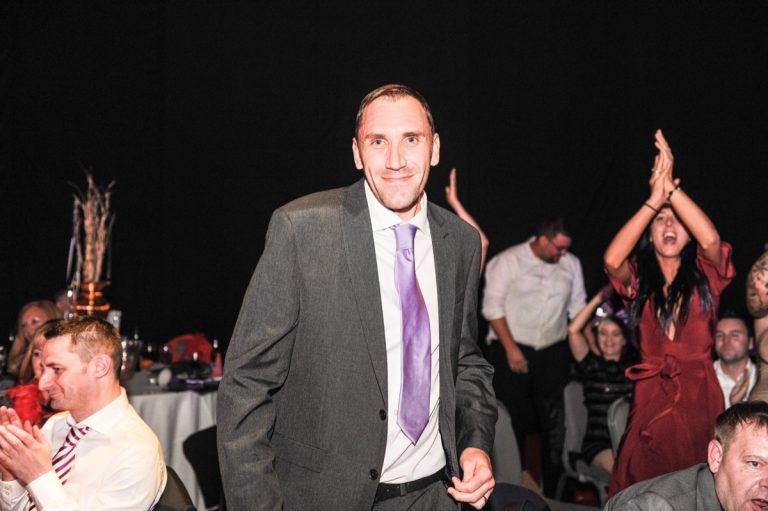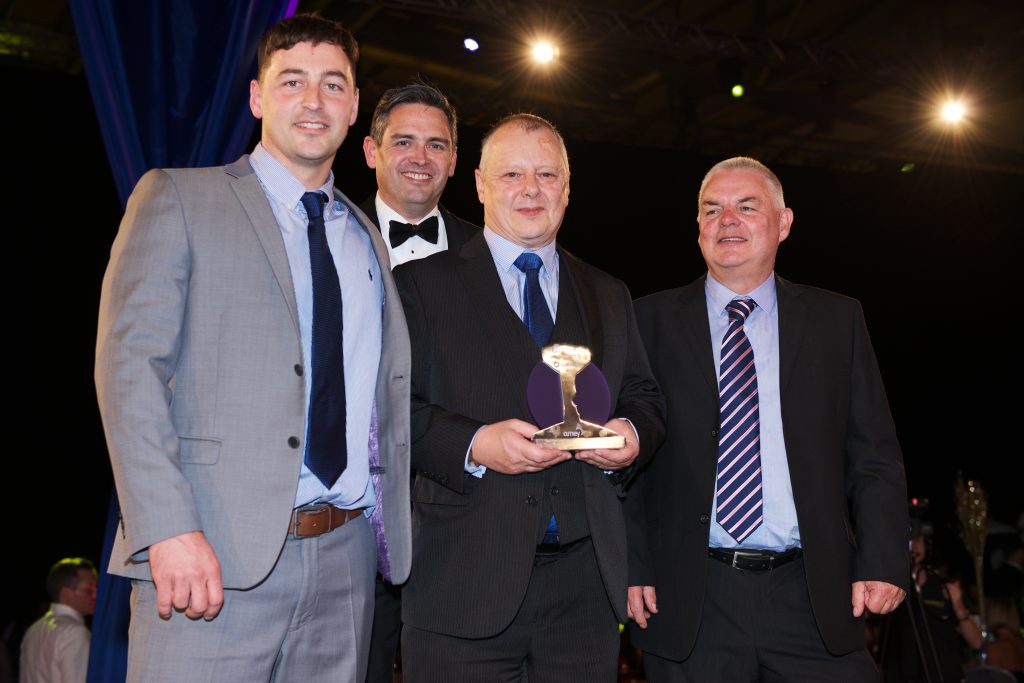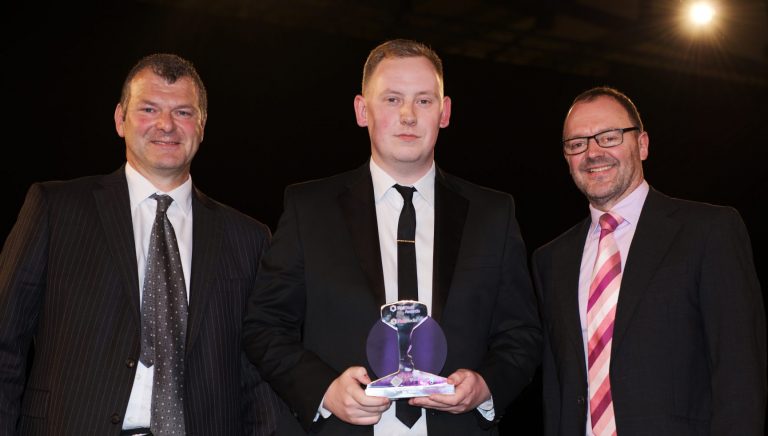In striving to raise the number and standard of apprentices, the rail industry has inadvertently made 2016 the Year of the Apprentice.
This first became clear at the start of the year with an announcement backing the creation of 30,000 apprentices in transport over the next few years and plans to write apprenticeship targets into procurement contracts.
In the months since, this magazine has led with stories of apprentice success and explored in some depth the approaches being taken by various companies in recruiting and training new apprentices.
Speaking at a Rail Exec lunch in May, Crossrail’s chairman, Sir Terry Morgan, estimated that around 550 apprentices were learning their craft on Crossrail, often described as Europe’s largest infrastructure project. Last month, that story continued as Crossrail confirmed that it had now created more than 600 apprenticeship roles.
Announcing that piece of news, Sir Terry Morgan said, ‘Having started my career as an apprentice, I have seen first-hand what apprenticeships can deliver. I’m delighted that their significant contribution has been recognised. There are more opportunities than ever before for young people to build exciting careers in engineering and deliver the UK’s pipeline of infrastructure projects.’
When the levy comes
Everything suggests that 2017 will continue this trend. Changes to the way apprenticeships are funded and increased government contributions to rail engineering education, in particular, will make rail apprenticeships more commercially viable.
On 1 April, the Government will introduce its apprenticeship levy. Employers with a wage bill of £3 million and above will have to pay into it. The levy will be collected through PAYE; companies will then be able to draw back funding from the Government which it can use to train apprentices.
‘The levy will encourage more training than would otherwise be the case, there’s no question of that, so there will be more apprentices because of the levy and in that way rail will be the winner because rail needs apprentices proportionately more than other sectors,’ said NSAR chief executive Neil Robertson, speaking to RailStaff prior to the launch of the Rail Sector Skills Delivery Plan this month.
There will also be financial incentives for smaller businesses. The Government has just agreed to provide up to £9,000 per candidate undertaking the Level 3 Rail Engineering Operative ‘trailblazer’ standard. This equates to £27,000 over the period of the three-year course compared to the £18,000 that had originally been specified. The hope is that these steps will help develop the 10,000 or so Level 3 technicians the industry will need in the next five years.
‘That’s a £90 million win for the industry,’ says Neil. ‘That contribution will make a difference, it won’t cover all the costs by any stretch of the imagination but it will make a difference.’
Asked about whether this additional funding could attract ‘rogue trainers’ to the market, Neil said NSAR was continually taking steps to ensure standards are maintained and had recently set up a quality panel.
Network Rail, which runs one of the largest apprenticeship schemes in the industry, is also mindful of the changes being introduced.
‘The introduction of the levy next year will obviously see the apprenticeship landscape change in 2017,’ says Michelle Nolan-McSweeney, head of talent strategy at Network Rail. ‘We’ve been leading on the redesign of apprentice standards for the rail sector as a whole as part of the Trailblazer Group. We’re now focussed on increasing the diversity of applicants for our schemes.’
She added, ‘The Transport Infrastructure Skills Strategy set ambitious plans for businesses to create apprenticeships and 2017 will see the industry respond to this call. For us, it will mean more apprenticeship opportunities that we offer and indeed, we’ve already announced that we’ll be increasing the number of places available on our award-winning Advanced Apprenticeship scheme in 2017, expanding the scheme to two intakes of 140 apprentices each in March and September.
‘We need to get the message out there that university isn’t the only option for people who want to get a fulfilling and rewarding career.’
Trailblazers
As well as these incentives, there are also now examples of apprenticeship quotas being written into franchise agreements and procurement processes. The new trailblazer standard apprenticeships are another change for 2017. As well as the engineering technician standard, a rail engineering design technician standard has been developed and an operations standard is on the way.
‘It covers more breadth,’ said Neil, when asked what weaknesses in the existing framework the new standard was addressing. ‘It brings in more digital into signalling, for example, it covers more commercial awareness because apprentices operate in a commercial environment.’
Another project, announced on the same day as the chancellor’s Autumn Statement last month, seeks to address a perceived lack of promotion for apprenticeships and traineeships within schools. The Government says it will work with teachers and career advisors to make sure they are providing impartial guidance on further and higher education options through what it calls the apprenticeship support and knowledge for schools (ASK) project. Apprentice Champions will also be recruited and placed within schools to promote the pathway to students.
With so many measures being put in place to realise the Government’s apprenticeship targets, this year’s achievements appear to just be the start. Welcome to the Age of the Apprentice.


